Demystifying Vanity Height: A Comprehensive Guide
Related Articles: Demystifying Vanity Height: A Comprehensive Guide
Introduction
In this auspicious occasion, we are delighted to delve into the intriguing topic related to Demystifying Vanity Height: A Comprehensive Guide. Let’s weave interesting information and offer fresh perspectives to the readers.
Table of Content
- 1 Related Articles: Demystifying Vanity Height: A Comprehensive Guide
- 2 Introduction
- 3 Demystifying Vanity Height: A Comprehensive Guide
- 3.1 Understanding Vanity Height: A Visual Perspective
- 3.2 Benefits of Implementing Vanity Height:
- 3.3 Practical Applications of Vanity Height:
- 3.4 FAQs:
- 3.5 Tips for Effective Use of Vanity Height:
- 3.6 Conclusion:
- 4 Closure
Demystifying Vanity Height: A Comprehensive Guide

In the realm of technology, particularly in the context of web development and digital marketing, the term "vanity height" often surfaces, leaving many scratching their heads. While seemingly obscure, this concept holds significant value in optimizing user experience and ensuring a visually appealing online presence. This article delves into the essence of vanity height, elucidating its purpose, benefits, and practical applications.
Understanding Vanity Height: A Visual Perspective
Imagine browsing a webpage, encountering a seemingly endless scroll of content. This can be overwhelming and deter users from exploring further. Conversely, a webpage that abruptly ends, leaving a substantial empty space at the bottom, can feel incomplete and aesthetically unappealing. This is where vanity height comes into play.
Essentially, vanity height refers to the additional space added at the bottom of a webpage, beyond the actual content. This space serves a dual purpose:
- Visual Enhancement: It creates a more balanced and visually appealing layout, preventing the content from feeling cramped or crowded. This is particularly crucial for websites with a minimalist design philosophy, where empty space acts as a design element.
- User Experience Improvement: By providing a buffer zone between the content and the bottom of the screen, vanity height prevents the user’s attention from being drawn to the abrupt end of the webpage. It also allows for a smoother scroll experience, contributing to a more engaging and enjoyable browsing session.
Benefits of Implementing Vanity Height:
The benefits of incorporating vanity height extend beyond aesthetics. Here are some key advantages:
- Enhanced User Engagement: A visually appealing and well-structured webpage encourages users to spend more time exploring its content. This translates into increased page views, time spent on site, and potentially higher conversion rates.
- Improved Brand Perception: A website’s design reflects its brand identity. A well-designed website with thoughtful use of vanity height projects an image of professionalism, attention to detail, and user-centricity.
- Optimized Mobile Experience: In the era of mobile-first browsing, vanity height plays a critical role in ensuring a seamless experience across different screen sizes. It prevents the content from appearing cramped on smaller screens, enhancing readability and user satisfaction.
- Increased Brand Awareness: A visually appealing website with a consistent design language, including the strategic use of vanity height, can contribute to increased brand awareness and recognition.
Practical Applications of Vanity Height:
Vanity height can be implemented in various ways, depending on the website’s design and purpose. Here are some common applications:
- Footer Design: Adding a significant amount of empty space below the footer can create a clean and spacious feel, particularly for websites with minimal content.
- Content Spacing: Strategically placing vanity height between sections of content can improve readability and make the content appear less overwhelming.
- Call-to-Action Emphasis: By adding a small amount of vanity height above a call-to-action button, it can be visually highlighted and draw the user’s attention.
- Visual Hierarchy: Vanity height can be used to create visual hierarchy, guiding the user’s eye through the content in a specific order.
FAQs:
Q1: How much vanity height is appropriate?
A: The ideal amount of vanity height varies depending on the website’s design and content. Generally, a minimum of 50 pixels is recommended, but it can be adjusted based on visual requirements.
Q2: What are the potential drawbacks of using vanity height?
A: Excessive vanity height can lead to wasted screen space and potentially slow down page loading times, especially on mobile devices. Striking a balance between aesthetics and performance is crucial.
Q3: Can I use vanity height on all webpages?
A: While vanity height can be beneficial for many webpages, it might not be suitable for all. For example, webpages with a large amount of content may not require additional empty space.
Q4: How do I implement vanity height in my website?
A: Vanity height can be implemented through various CSS techniques. The most common method is to use padding or margin properties in your CSS code.
Q5: Are there any tools to help me determine the optimal vanity height?
A: Several tools and resources are available online to help you determine the optimal vanity height for your website, including website design guidelines and design templates.
Tips for Effective Use of Vanity Height:
- Consider your target audience: Design your website with your target audience in mind. A website aimed at younger demographics might benefit from a more minimalist design with ample vanity height, while a website targeting a professional audience might require a more traditional layout.
- Test and iterate: Experiment with different amounts of vanity height on various webpages to determine the optimal balance for your website.
- Use consistent spacing: Maintaining consistency in the amount of vanity height used throughout your website creates a cohesive and visually appealing user experience.
- Focus on functionality: Remember that vanity height should serve a purpose, whether it’s enhancing aesthetics, improving user experience, or highlighting specific elements.
- Avoid overuse: While vanity height can be a powerful design element, it should be used strategically and in moderation to avoid detracting from the overall user experience.
Conclusion:
Vanity height, though seemingly subtle, plays a vital role in creating visually appealing and user-friendly websites. By strategically incorporating this design element, website owners can enhance user engagement, improve brand perception, and optimize the browsing experience across different devices. Understanding the purpose, benefits, and practical applications of vanity height empowers website designers to create websites that not only look great but also function effectively. As the digital landscape continues to evolve, embracing such subtle yet impactful design elements becomes increasingly crucial in achieving a truly engaging and impactful online presence.
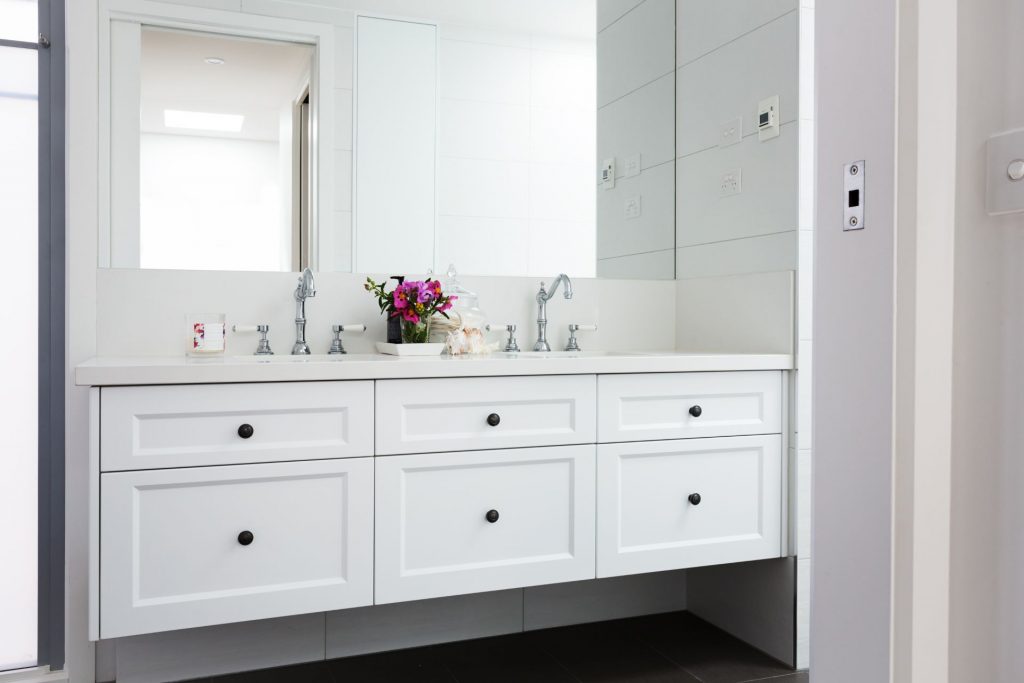
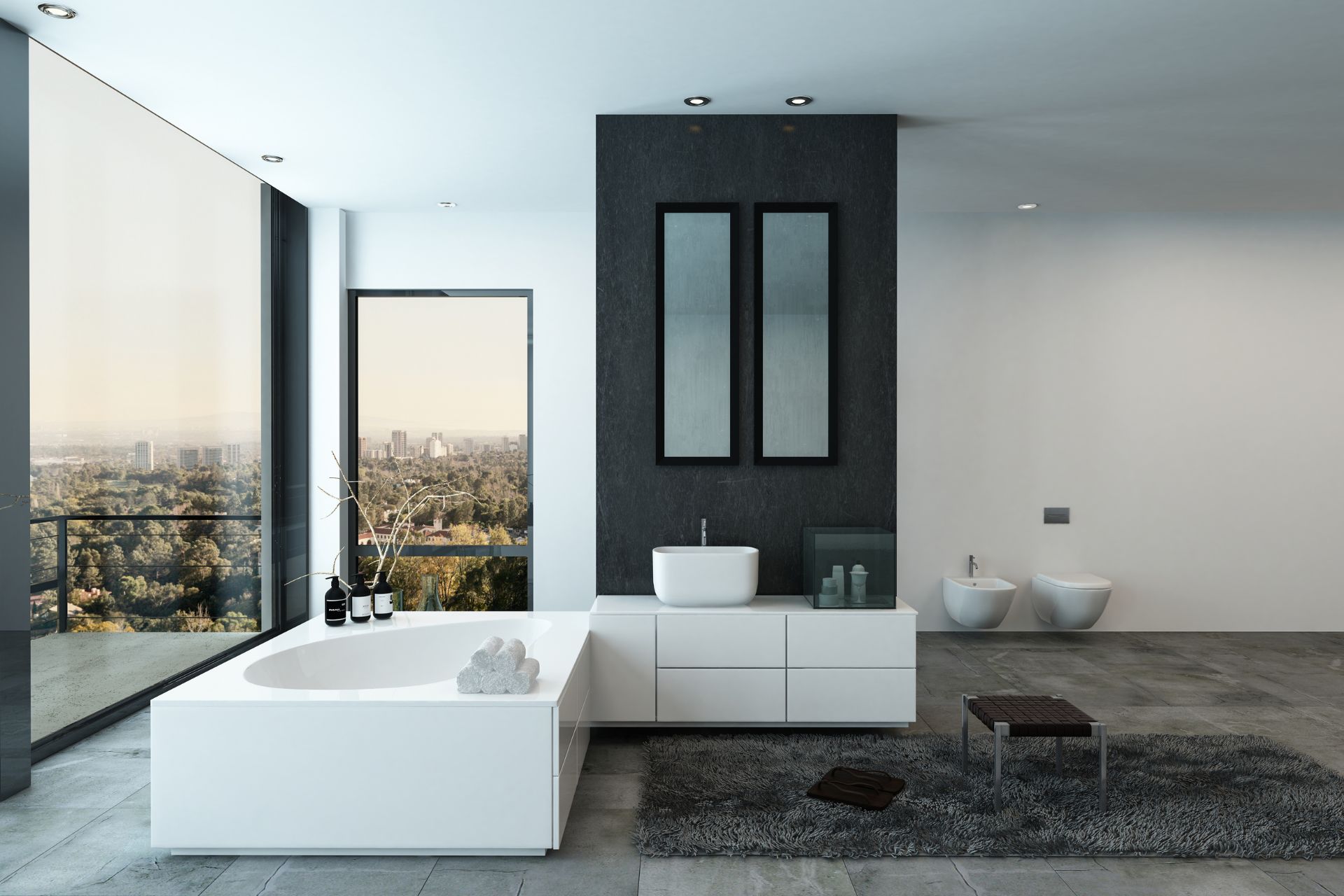
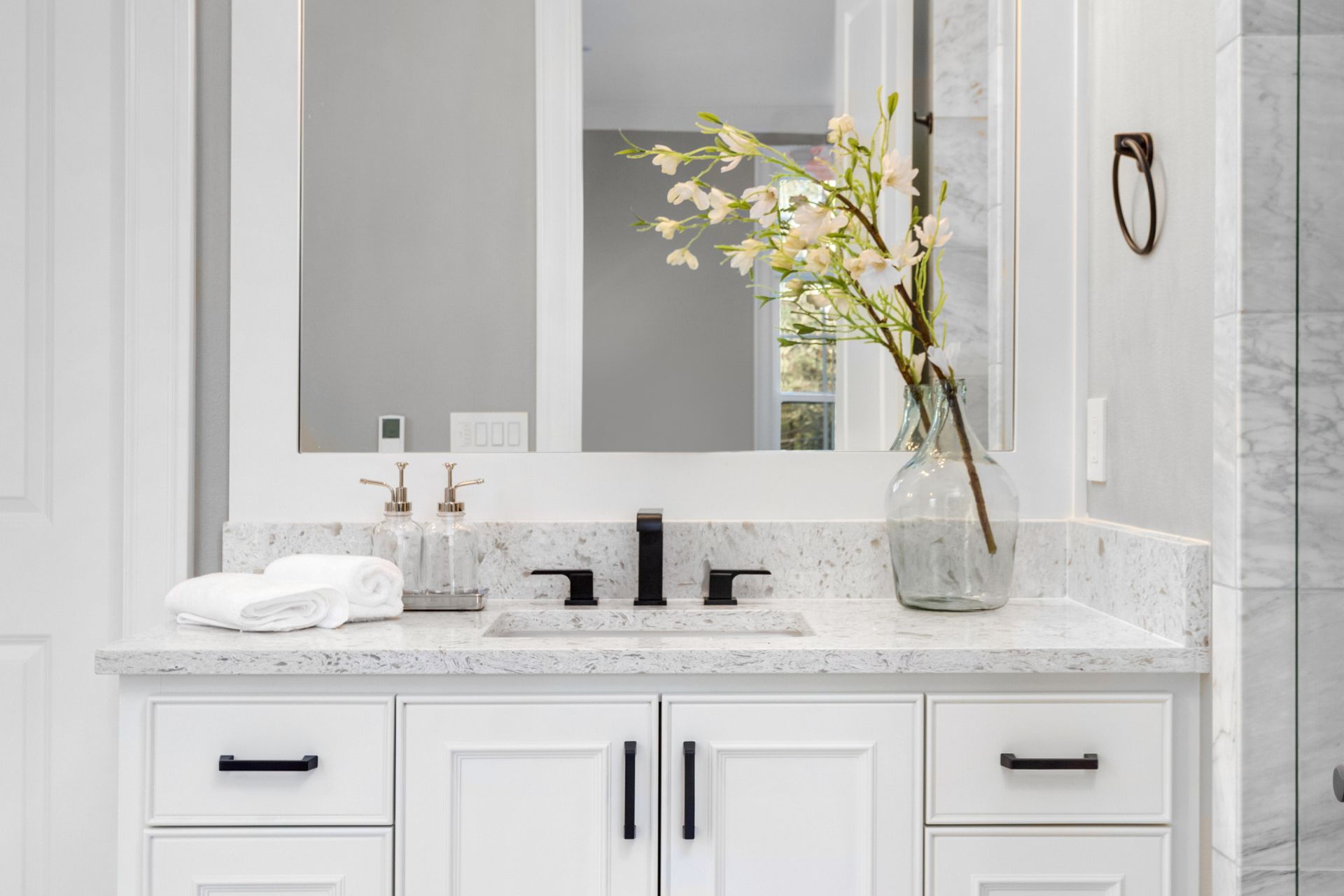
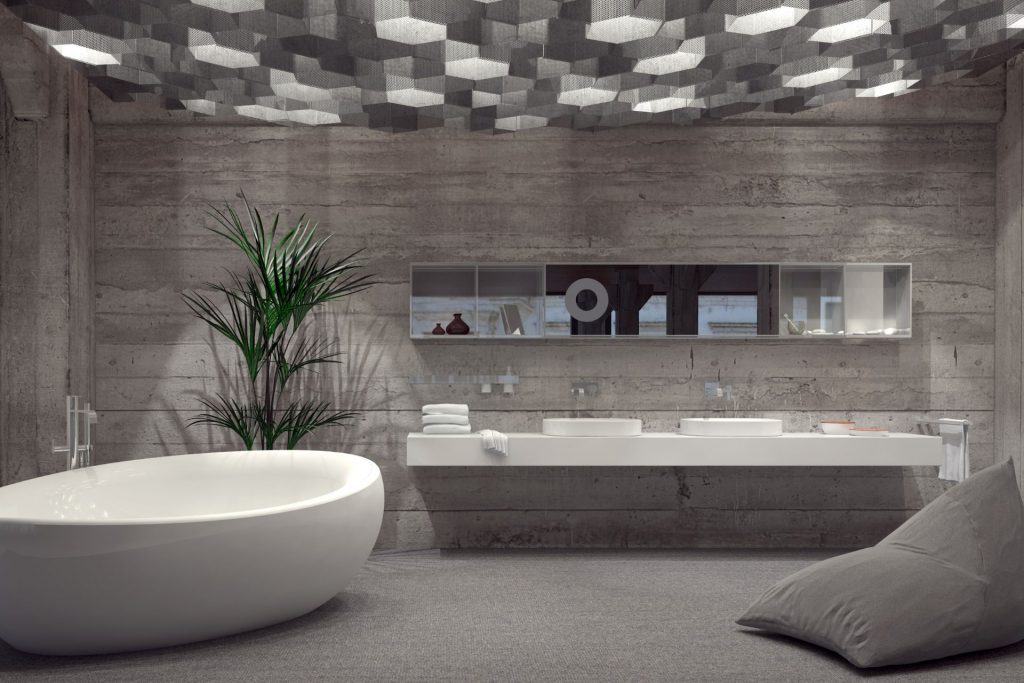

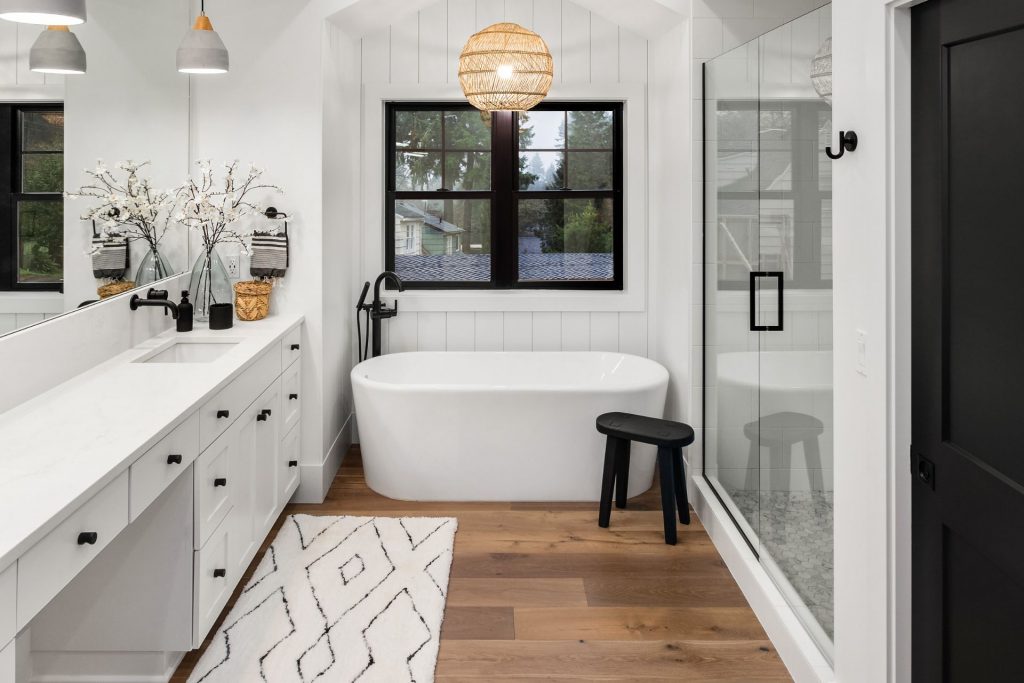
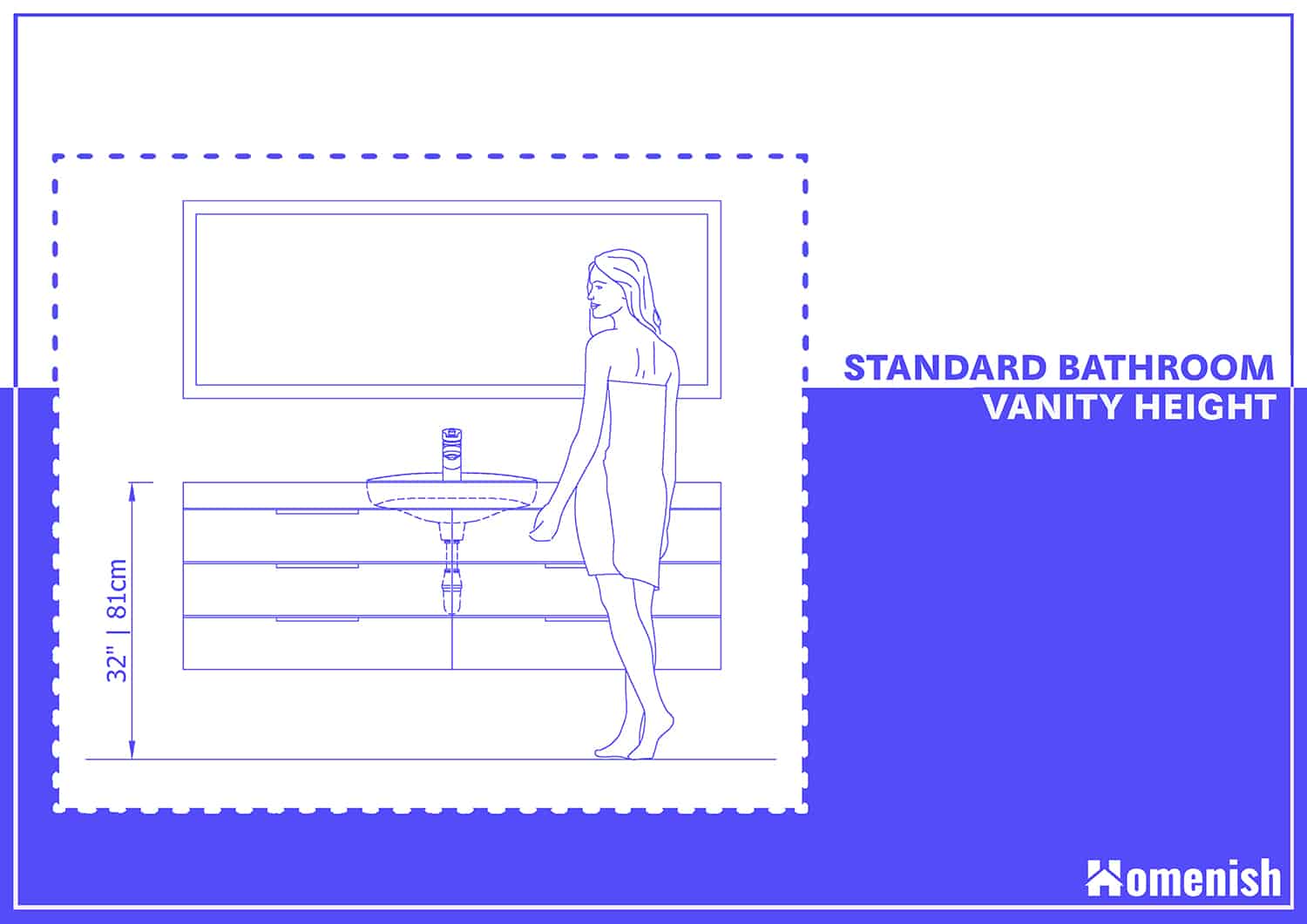
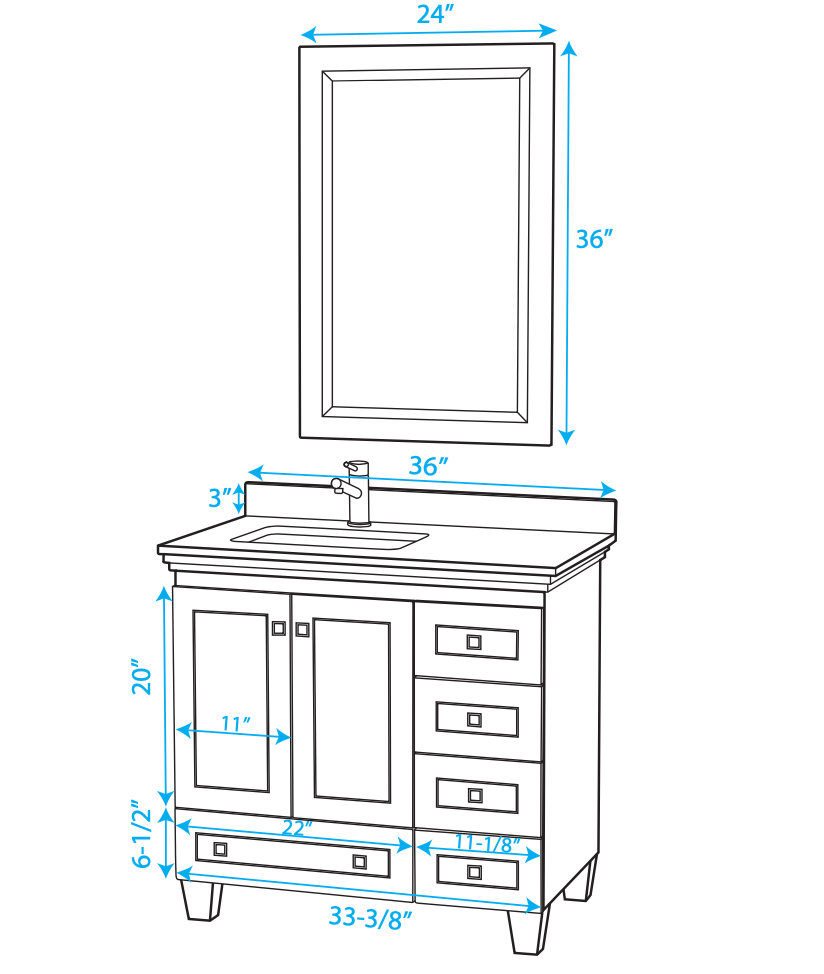
Closure
Thus, we hope this article has provided valuable insights into Demystifying Vanity Height: A Comprehensive Guide. We hope you find this article informative and beneficial. See you in our next article!